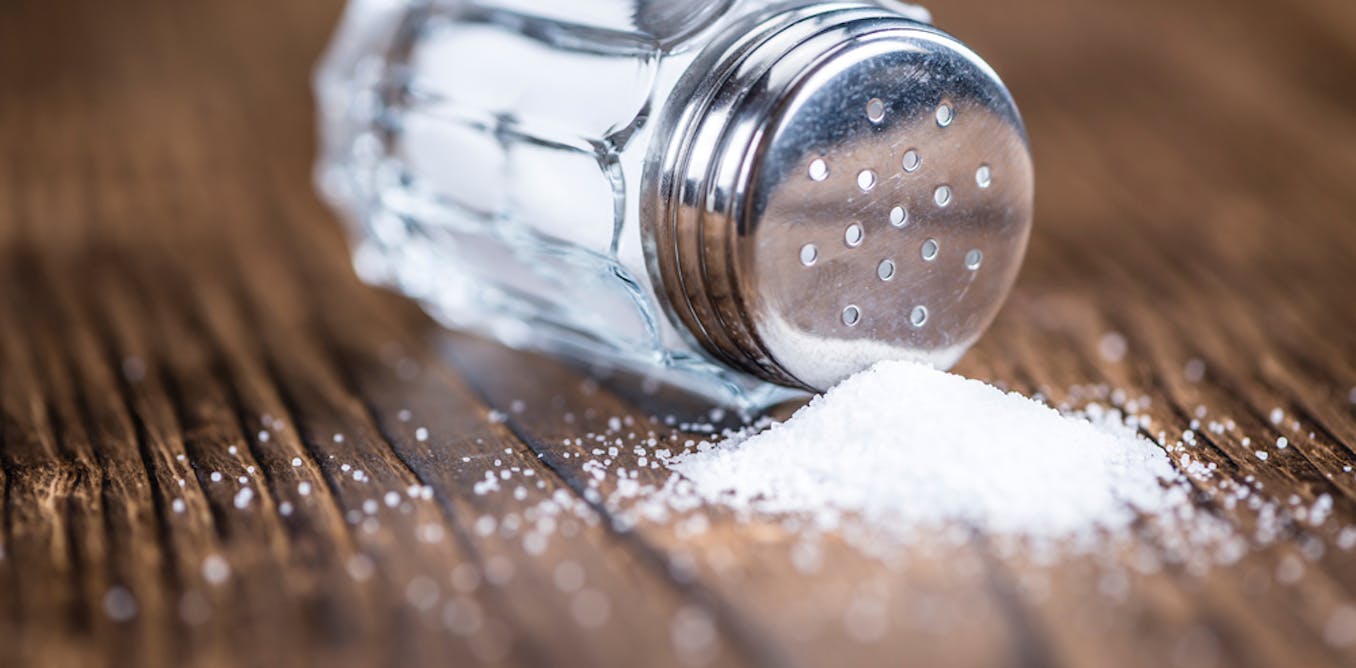Salt plays an important role in the normal functioning of our muscles and heart. It is an essential element in regulating water and blood pressure in the body but it should however be consumed in moderation. Today we eat far too much and it is having a negative impact on our health.
It’s not just through cooked meals that we put salt into our bodies. Many processed foods that we eat on a daily basis contain excessive amounts of sugar and salt as well as saturated fats.
How Much Can We Eat Then?
The World Health Organization (WHO) recommends a daily intake of 5g (or 2gNa). The amount we consume in a day is about two times more. Studies show that eating half of the salt we currently consume could avert 2.5 million deaths per year worldwide.
Effects of Too Much Salt Intake
1) Increase in Blood Pressure
When you consume salt, water tends to remain in the body. As a result, there is more fluid in the blood vessels, which increases the pressure. As a result, the heart has to work harder to pump the blood. High blood pressure is also a risk factor for cardiovascular disease.
2) Kidney Disease
Excessive salt intake can cause kidney damage. When you consume large amounts of sodium, your kidneys have to work hard to remove it from your body. This hard work can damage the kidneys and shorten their lifespan. For instance, a 55-year-old person whose kidneys no longer function properly will have a life expectancy about seven years shorter than a person with normal kidney function. In cases of severe kidney damage, the average life expectancy can be shortened by more than 12 years.
3) Stomach Cancer
Eating too many salty foods can increase the risk of stomach cancer. Researchers believe this is because eating these foods can damage the mucous membranes of the stomach.

4) Bone Demineralization
Too much salt in the diet can upset the calcium balance in the body. This has a negative impact on bone strength.
How to Reduce Your Salt Intake?
Avoid Processed Foods as Much as Possible and Cook!
Eighty percent of our salt intake comes from salt hidden in cooked and ready-to-eat foods such as meat, cereals, and bread. Choose fresh and cook your own food. This is the only key to complete control of your salt intake.
That’s all well and good, but salt adds a great deal of flavor to your food, so how can you add flavor and more nutrients to meals?
– Use diet salt
– Spices: spicy salt, ginger, turmeric, curry
– Aromatic herbs: coriander, basil, thyme
– Seasonings. Garlic, Onion
-Scented oils and vinegars.
-Lemon juice or lemon zest
No Salt on the Table
What you have on hand will automatically attract attention. Banish the salt shaker from the table as a regular guest. Is salt still a prized possession at your table? Measure your consumption with a salt pinch. Knowing that a pinch is equivalent to 1 gram of salt, you can quickly see how much salt is in your food.
Reduce Your Salt Intake and Increase Your Magnesium Intake
Magnesium is a natural and effective way to counteract the increase in blood pressure caused by salt intake. This nutrient is found primarily in legumes, nuts, and unprocessed cereal products.

First, take some time to let your taste buds get used to a low-sodium diet using the advice above. You may find it bland and difficult at first, but you will get used to it with time. It takes about 7 to 10 days for your taste buds to reset. After that, you will notice that foods with less salt will have the same taste as regular meals.


